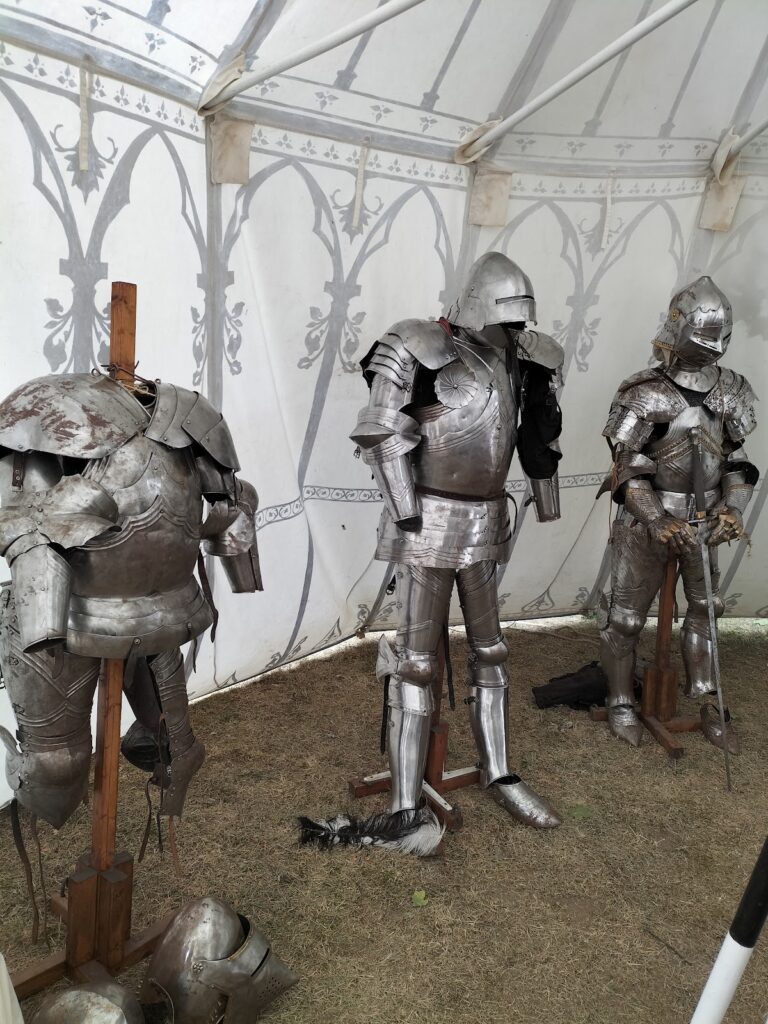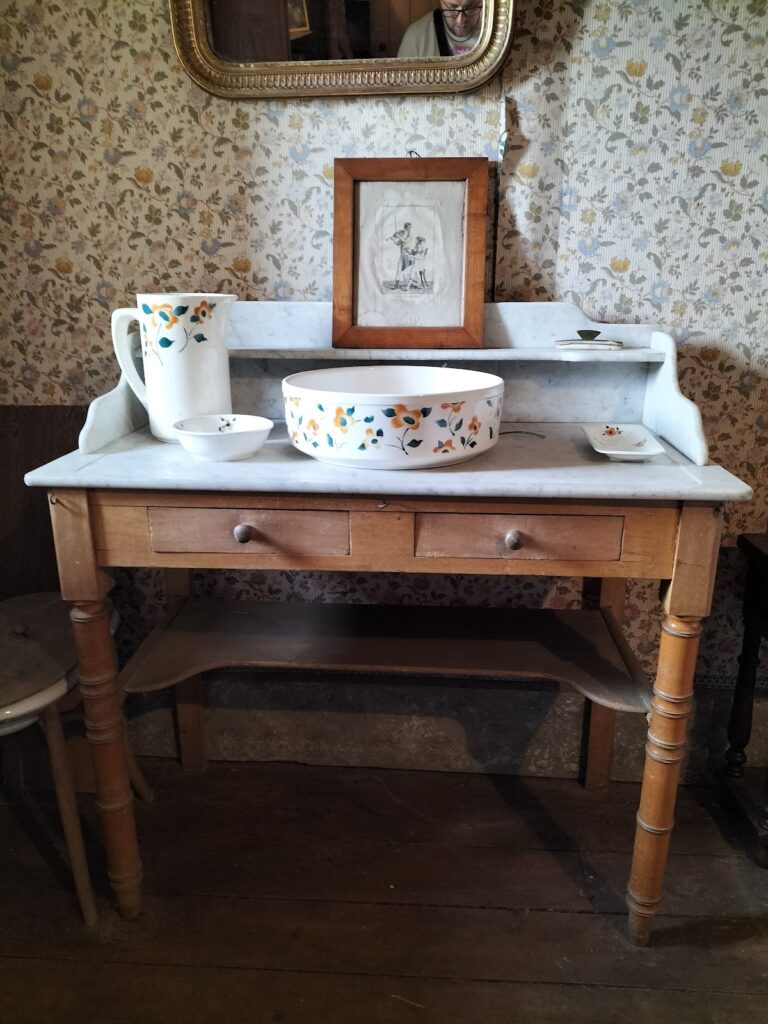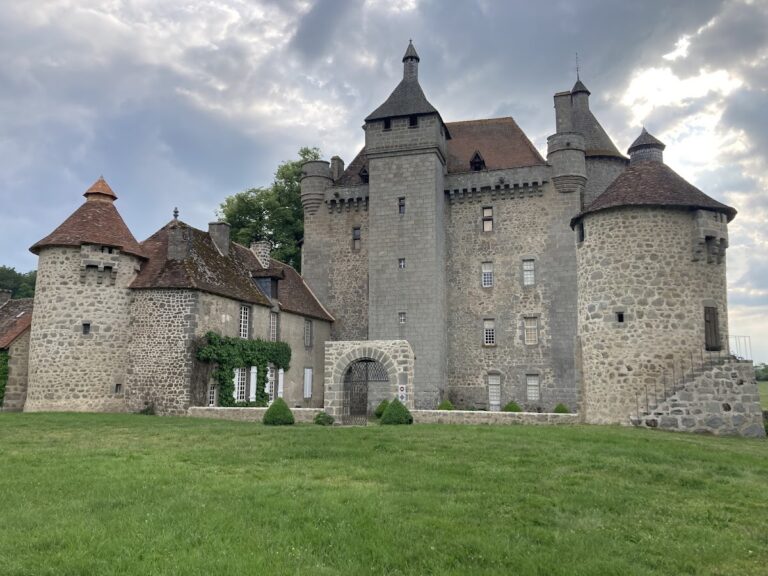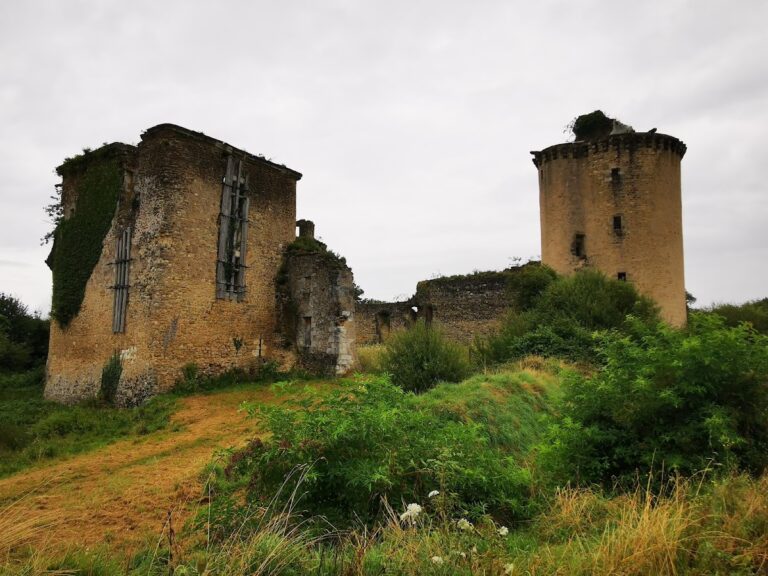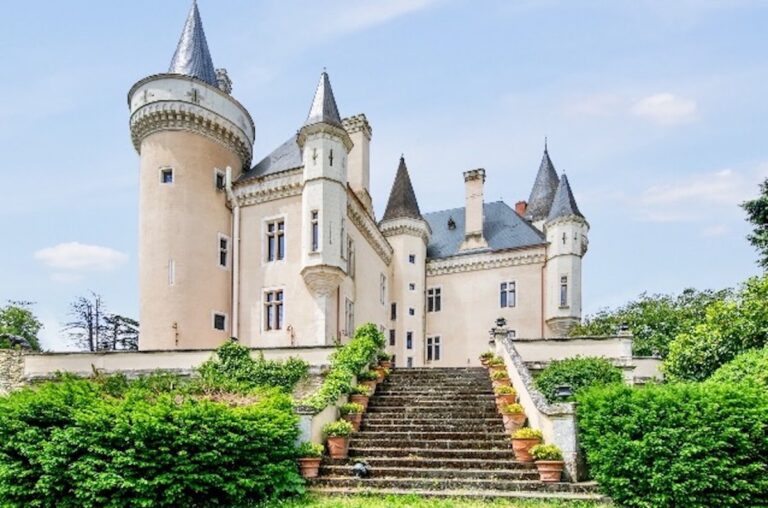Château de Jouillat: A 14th-Century Defensive Tower in France
Visitor Information
Google Rating: 4.4
Popularity: Very Low
Google Maps: View on Google Maps
Official Website: fr.wikipedia.org
Country: France
Civilization: Unclassified
Remains: Military
History
The Château de Jouillat is situated in the commune of Jouillat in modern-day France and was built during the 14th century by those inhabiting the region at that time. Its primary role was military, serving not as a noble residence but as a defensive tower designed to protect two nearby castles.
During the medieval period, the château belonged initially to the Seigneurs de Chamborant. A recorded legal decision from 1497 confirms that Pierre de Chamborant legally secured ownership of the château and the adjacent lands after a dispute with Baron Pierre de Brion. Over subsequent centuries, the property passed through several prominent families, including the D’Aubusson, Boéry, and de la Seiglière lineages, reflecting its sustained importance in local noble circles.
Between 1714 and 1733, the château underwent likely renovations or alterations under the direction of Marquis Denys Michel de Montboisier-Beaufort-Canillac. Ownership continued to shift through sales, inheritances, and donations in the following centuries, reflecting broader patterns of landholding and aristocratic change in the region. By 2017, the Chevereau family held possession of the site. After a period of abandonment when the tower fell into disrepair and suffered stone removals by nearby peasants, the château was restored in the 19th century to serve as a residence, marking a shift from purely military to domestic use.
Since 1926, the château has been officially recognized and protected as a historical monument, preserving its heritage for future generations.
Remains
The Château de Jouillat remains notable for its unique architectural arrangement centered on a single rectangular donjon, a type of fortified tower with a substantial, bulky base. This main structure is immediately surrounded by four round towers at each corner, offering a reinforced defensive perimeter that underscores its original military function.
Atop the donjon are crenellated machicolations—openings in the parapets allowing defenders to drop objects or pour substances on attackers—and a chemin de ronde, or wall walk, designed to facilitate movement for guards along the ramparts. Together, these features highlight the château’s strategic design for active defense.
The original chimneys were lost during the period of abandonment when many stones were taken for local construction. In the 19th century, during the building’s conversion into a residence, chimneys were rebuilt, though they reflect the style of that era rather than the medieval design originally used.
A distinctive element added in the late 19th century is the pair of lion statues positioned on the gateposts. These striking sculptures of lions devouring men were salvaged from the nearby Château de Bretouilly and repositioned here, contributing an unusual and dramatic touch to the entrance while establishing a symbolic connection between the two local sites.
Today, the château remains privately owned and retains much of its historical fabric, blending medieval defensive architecture with later modifications made during its restoration and reuse.



